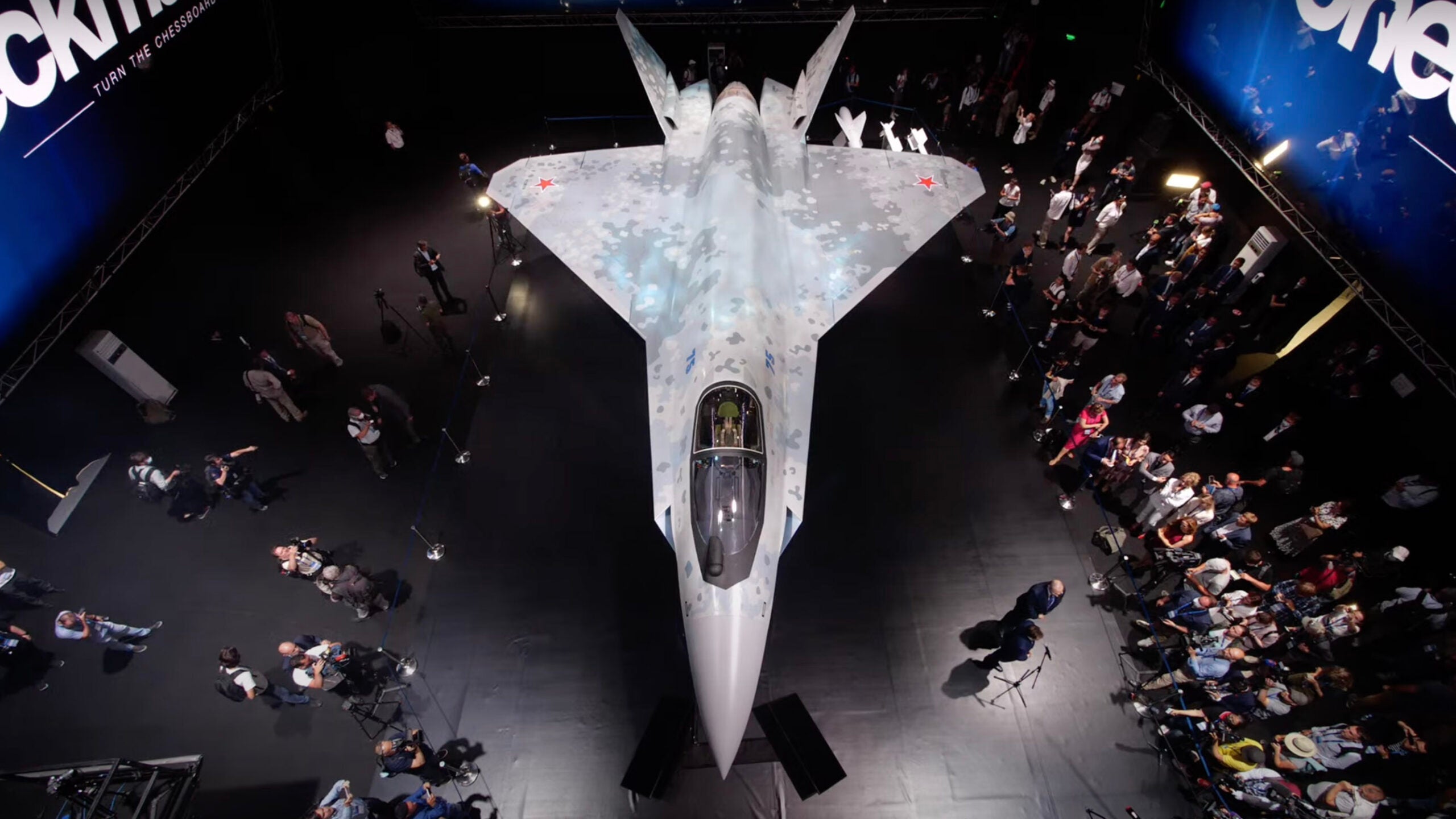

Russia’s defense industry is also struggling with challenges such as corruption, aging talent and Western sanctions. The Su-75’s Izdeliye-30 engine is still undergoing testing and Russia has not yet been able to manufacture a cost-effective AESA radar, with reports indicating it faces difficulties developing the radar’s transit/receive modules.

The Su-75 relies heavily on composite materials and Russia’s industry is nowhere near as advanced as those in the US and Europe. Since 2017, the Russian defense industry has suffered contractions in capacity and size. However, the question is whether Russia’s defense industry can meet expectations.

The Lockheed Martin F-35 Lightning II fighter jet. These technologies give them a significant edge over the current fourth-generation fighters. The fifth-generation fighter’s characteristics include low observability, networking capability and data fusion technologies. The main sales pitch of the Su-75 is that it provides fifth-generation capabilities at a fraction of the F-35’s price. It is designed with customers such as Vietnam, India and African countries in mind. The Su-75 is a fifth-generation stealth fighter jet that aims to re-enter a segment of the fighter market once served by light fighters like the MiG 21. The apparent shift in the UAE’s preferred source of fighters shows Russia’s increasing influence in the Middle East and could set a procurement precedent for other oil-rich countries in the region. In 2017, Russia and the UAE announced the launch of a next-generation fighter program, which aims to put such aircraft into service by 2025. It wouldn’t be Russia and the UAE’s first strategic embrace.


 0 kommentar(er)
0 kommentar(er)
